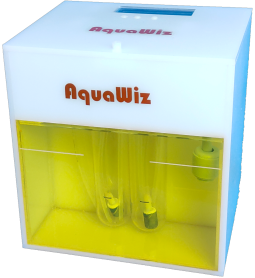Thanks a lot ! That seems logical, although the noise part over large resistances should be AC and can likely be reduced by averaging, since it impacts precision, not accuracy. Another factor is of course the internal resistance of the pH meter vs the probe's, which does impact accuracy if I understand it correctly.The relationship is accurate, the issue is that pH meters themselves become inaccurate at measuring pH at very low ionic strength.
The article below discusses the issue, and describes the response in low ionic strength as "– slow, noisy, drifting, non-reproducible, and inaccurate." In essence, not what you want in an analytical method.
One should be able to remedy that part by applying pure NaCl, right ? That increases conductivity, helping the pH measurement, but doesn't impact the pH itself if I'm not mistaken.




















